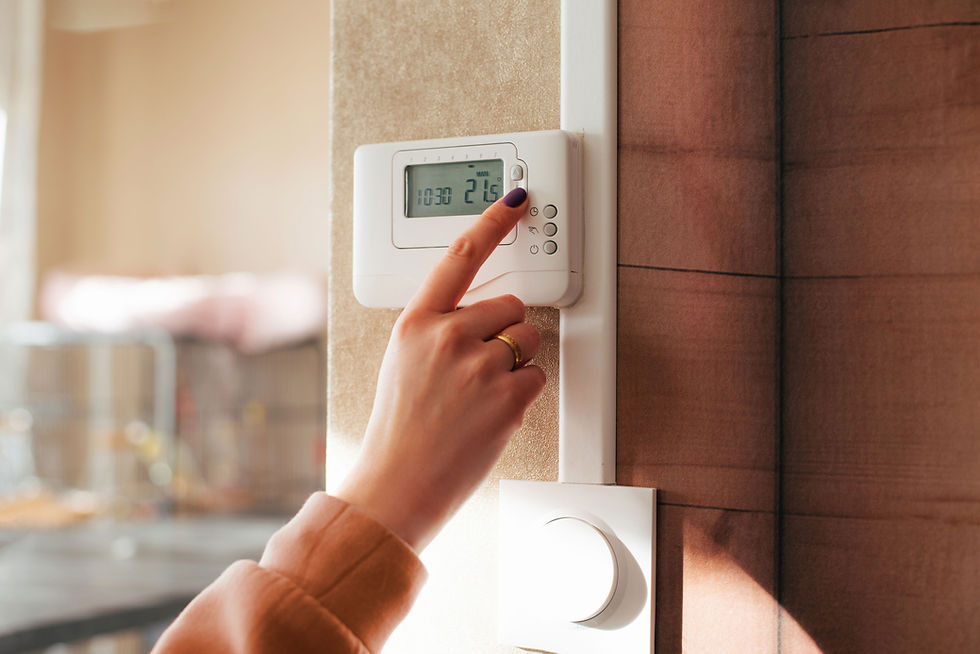Prevent Heat Stress!!
- Paula Ballak

- Jun 27, 2024
- 2 min read
While we may be thankful that the weather has turned warmer and we can spend more time outside, as we dive deeper into the warmer months it’s important to be wary of what the heat can do to our bodies, especially while working in these high temperatures.
Do you know the risks of overexposure to heat and the signs of heat-related disorders? High temperatures, physical labour, fatigue and/or preexisting medical conditions can be a dangerous combination that can stress the body’s cooling system and lead to fainting and dehydration, various heat-related disorders, disabilities, and even death. Looking after yourself and others is of high priority during this time of the year. Detecting early signs and treating symptoms of heat stress can save lives.
What is Heat Stress?
Heat stress is the combined heat load on the body to which an employee may be exposed from several sources, including high temperature and humidity, poor physical condition, direct sun or radiant heat sources, certain medications, and more. While milder cases of heat stress cause your body to feel discomfort, there are serious implications as body temperature rises, leading into the heat disorder territory.
Know the Signs
Enhancing your awareness of the signs of heat stress can prevent serious injuries, disabilities and death. As your body heats up, it tries to rid itself of excess heat through the evaporation of sweat. When you reach an internal temperature above 38-39°C, the brain starts to overheat, leading to a shutdown of your body’s cooling system and the sweat you were producing earlier begins to stop. The continued rise in temperature can lead to serious conditions like heatstroke and possibly death. Early identification is essential. By taking steps early on, it may be possible to prevent escalation of symptoms.
Some signs of heat stress to remember are:
Low Risk
Heat rash
Sunburn
Heat cramps
High Risk
Fainting
Heat exhaustion
Heat stroke
Tips on Preventing Heat Stress
While the answer that makes the most sense when it comes to preventing heat stress is to avoid the heat altogether, sometimes this isn’t possible. Here are a few steps you can take to reduce heat stress in the workplace, and prevent things from escalating:
Allow for an acclimatization period.
Wear sunscreen.
Wear a hat when you can.
Keep a bottle of water handy to stay hydrated.
Take breaks often.
Take into consideration the type of clothing you wearing and the impact of the heat.
Keep track of temperatures. Both outside and inside.
Build in breaks. As the temperature rises, we should all take breaks.
Above all, stay safe, listen to your body and take care of yourself!!








Comments